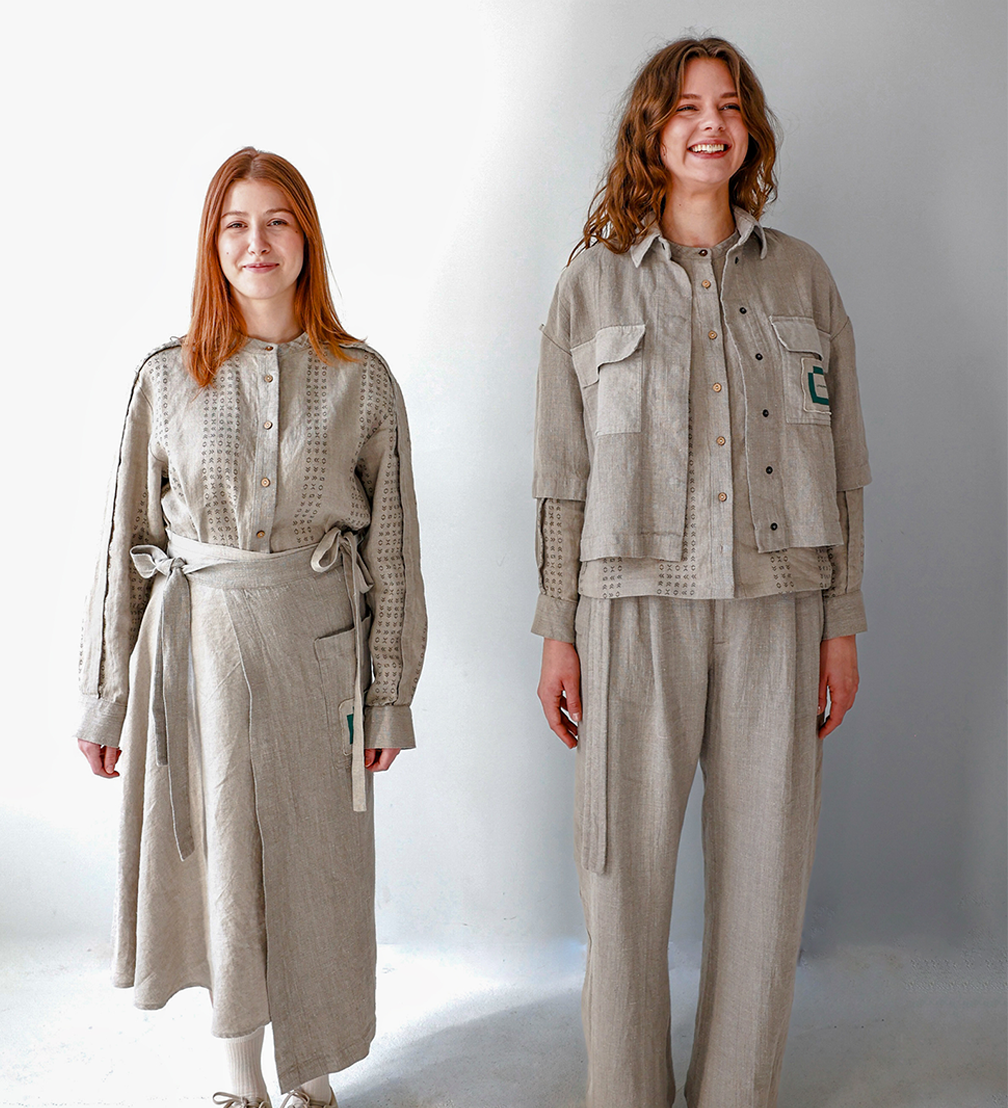
The uniforms for the Baltic Pavilion staff at Expo 2025 Osaka consist of eight garments that can be mixed and matched, allowing the wearer to express their personality and adapt the look to their preferences and needs. The author of the capsule collection is Lithuanian fashion designer Gabrielė Januškevičiūtė, who plays on the exhibition’s motto We Are One. On August 28, the Baltic Pavilion will host Design and Fashion Day, where participants will have a chance to explore the exhibition together with its creators, taste herbal teas, and sew their own linen aprons, which are part of the uniforms.
Until October 13, Osaka, Japan, is hosting Expo 2025, the world’s most important exhibition for promoting national image and export, with 160 countries participating and more than 10 million visitors to date. Latvia and Lithuania are jointly represented in the Baltic pavilion We Are One, which highlights the interaction between nature, people, and technology in creating a better future. The central elements of the exhibition are Nature’s Pharmacy, which tells about the plants of the Baltic region and their significance in our culture, and the interactive installation Kizuna, which allows visitors to leave their own message in the pavilion.
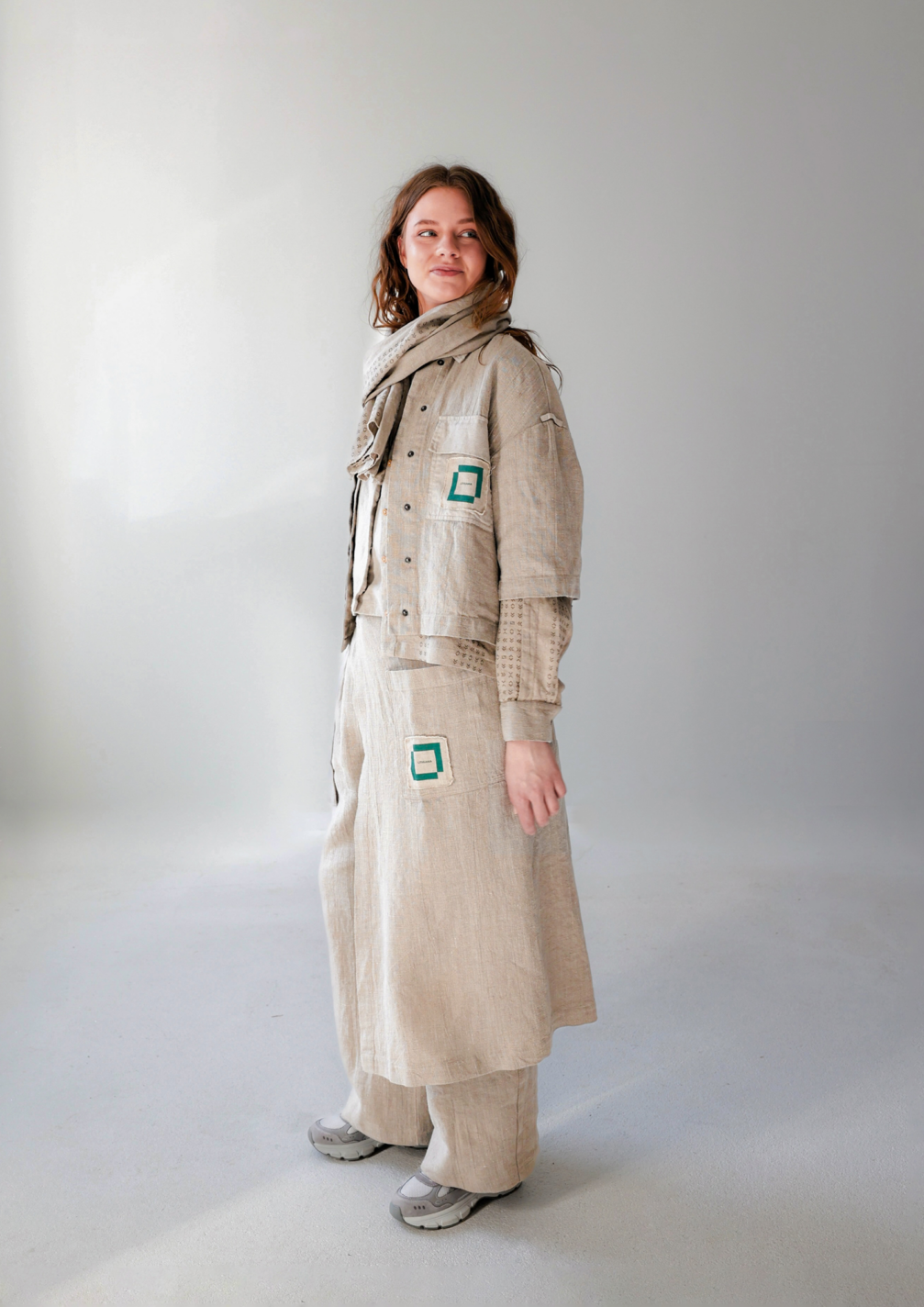
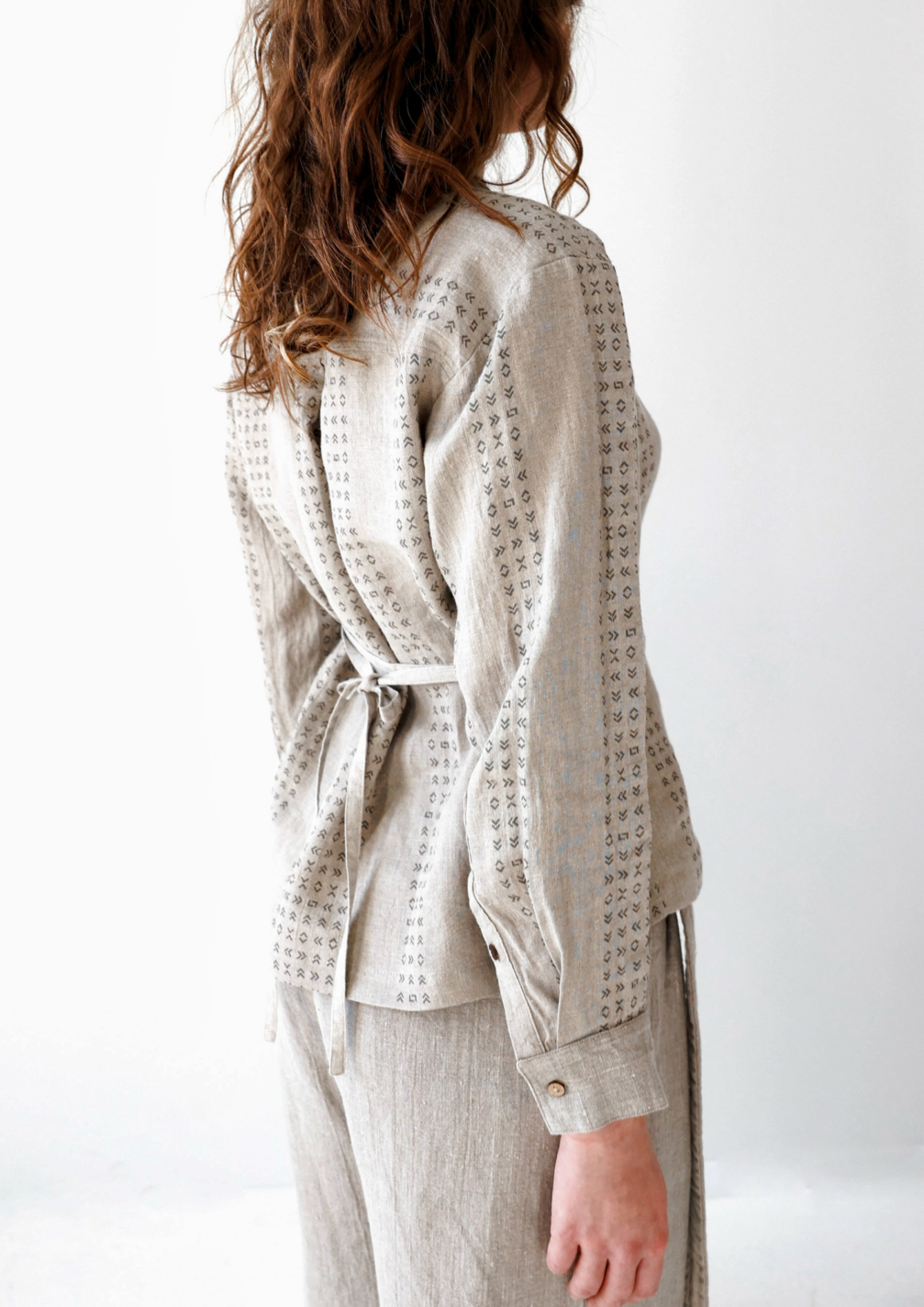
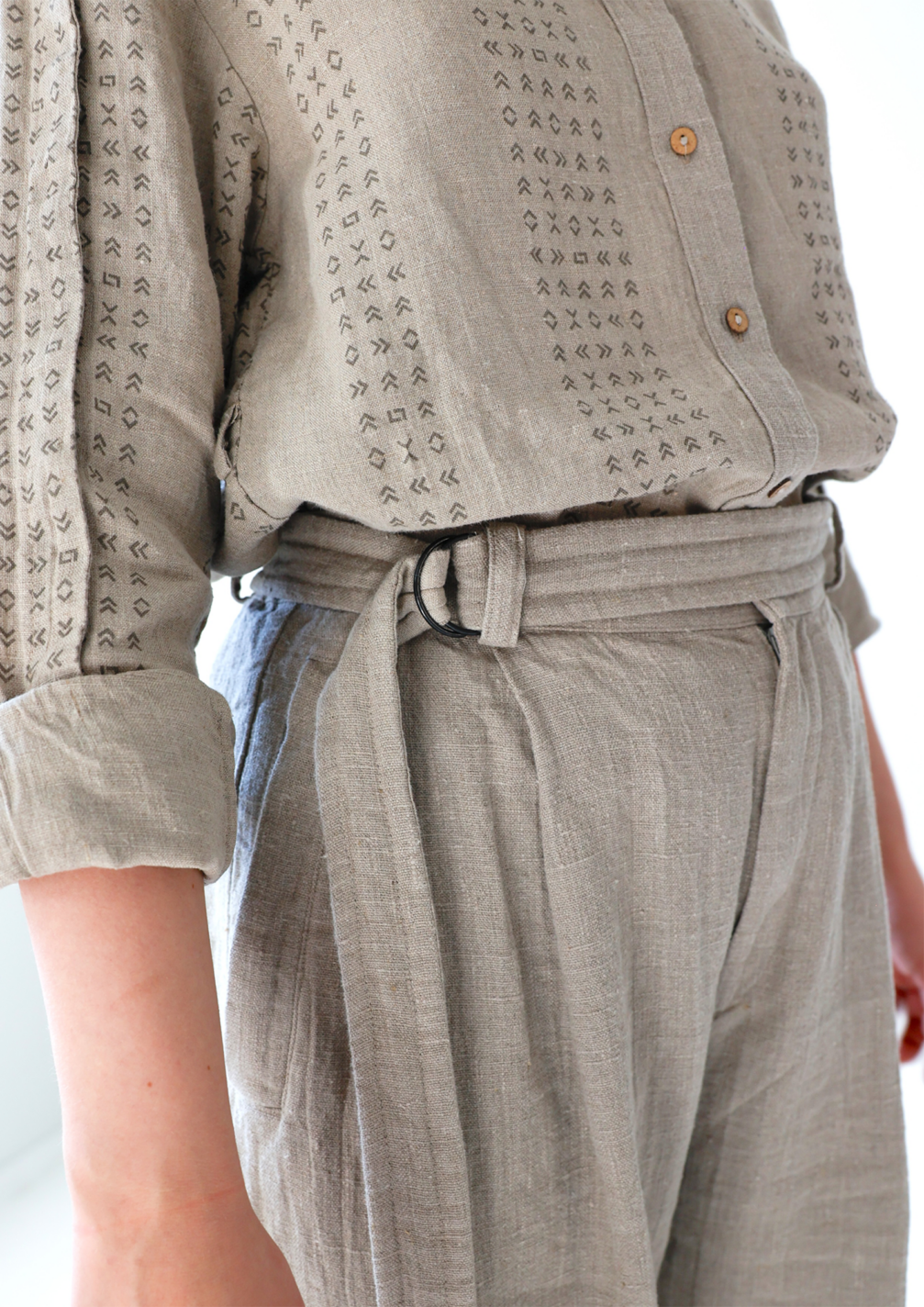
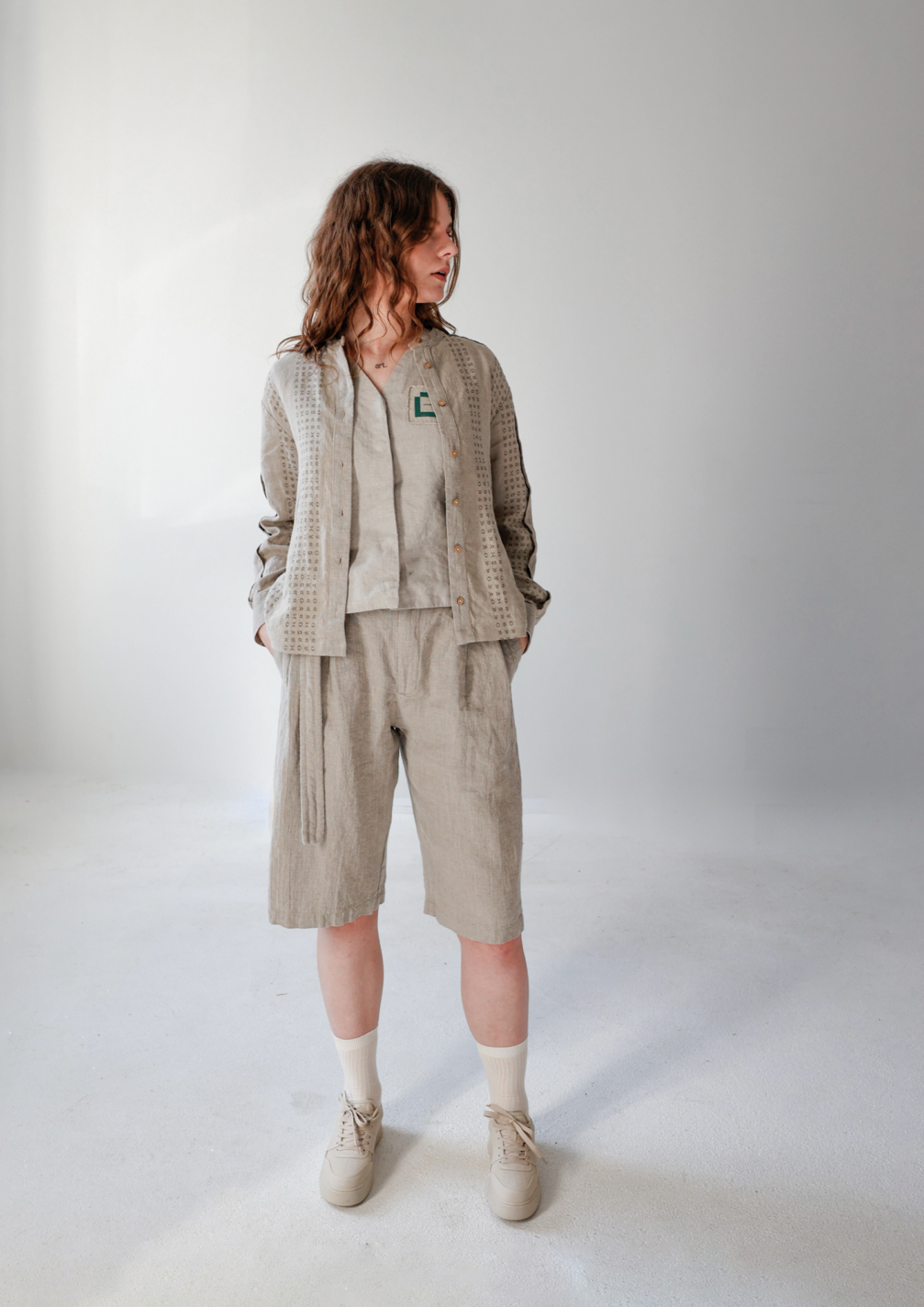
When creating the uniforms for the pavilion staff, designer Gabrielė Januškevičiūtė, who runs the Lined ID brand, was inspired by the Baltic exhibition’s motto, We are One. This determined both the concept of the collection and the choice of a single material. All garments are made from natural-colour linen, a fabric that is characteristic not only of Latvian and Lithuanian culture but is also popular in Japan. The patterns decorating the garments are inspired by Japanese characters, but at the same time, they bear a resemblance to traditional Latvian and Lithuanian symbols. This creates a connection with visitors and serves as an invitation to conversation.
Despite the fact that all the garments are sewn from a single piece of fabric, the designer wanted to emphasise that we are diverse in our unity — just as every person is unique, Lithuania and Latvia, although closely related, are two distinct countries. «I wanted to give every guide the opportunity to express their individuality and represent their country by selecting different layers,» says Gabrielė. «The guides’ outfits are not fixed, they are not uniforms, allowing each guide to express their personality and look unique.» An essential part of the uniform is the apron — a piece of clothing with deep roots in Latvian and Lithuanian cultures. Gabriele explains that it sends an important message to visitors: that we are ready to work and cooperate.
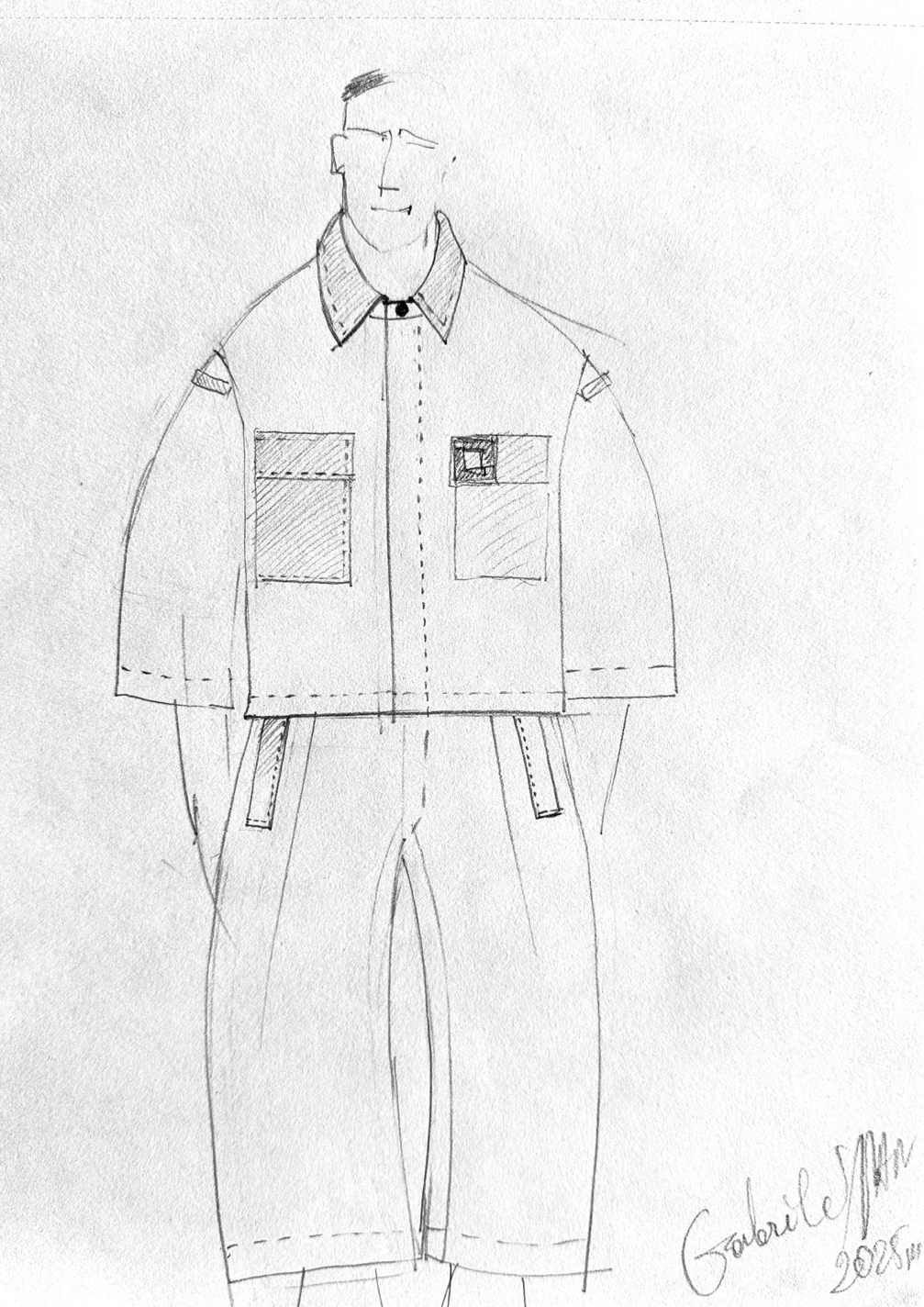
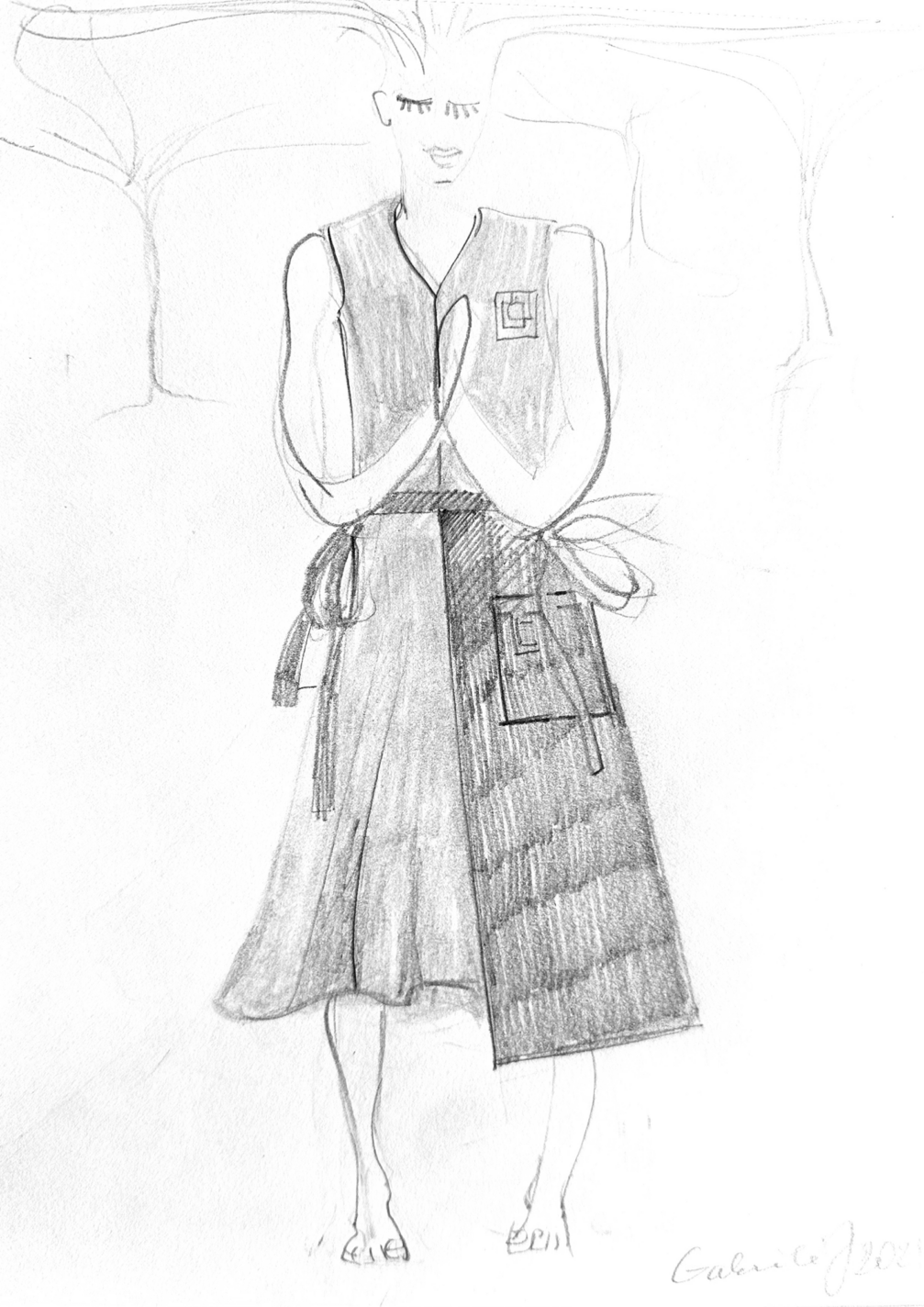

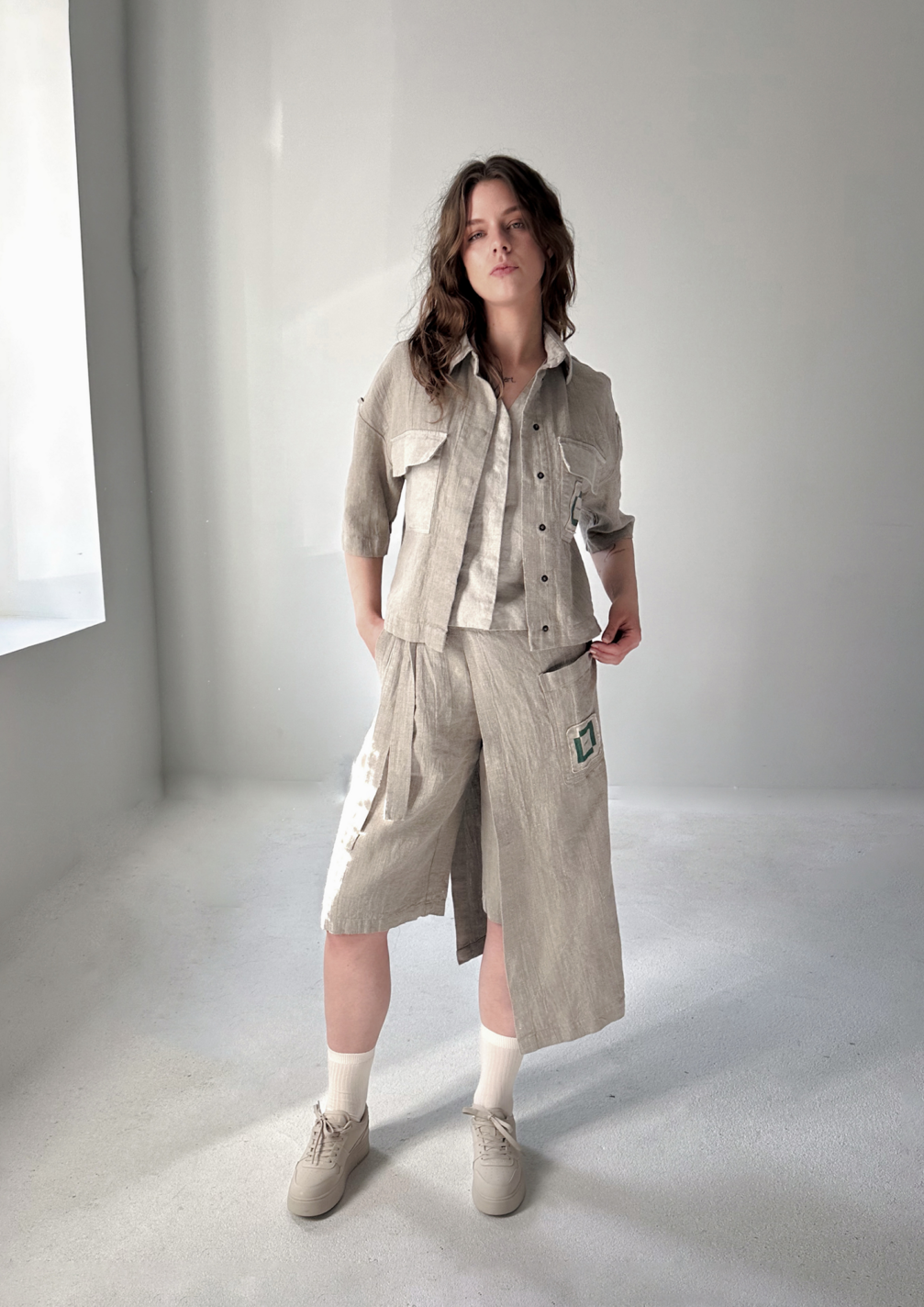
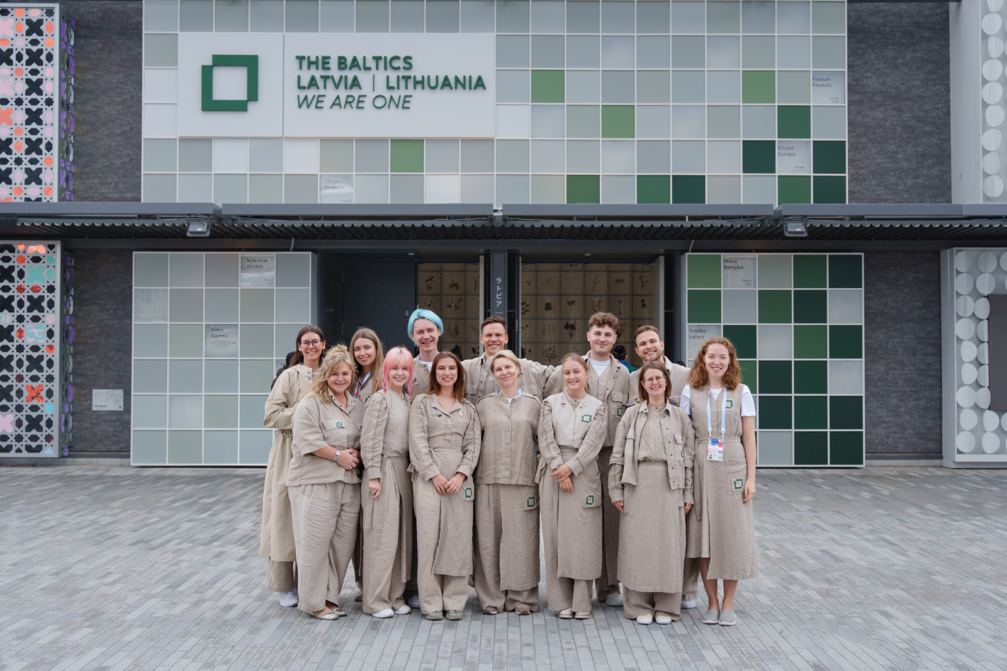
«We can style our looks however we want by combining different items of clothing, depending on our mood or the weather. Each employee can look like their unique self, and clothing can also be interpreted individually — for example, the apron can be used as a skirt or dress,» Matas Jagelavičius, one of the guides at the Baltic Pavilion, who has just graduated from Doshisha University in Kyoto, where he studied business and economics. «Every day we receive compliments about our outfits, people take photos with us, and many ask if the clothes are available for purchase.
Like the other guides, Matas styles his uniform with his own accessories — a Lithuanian folk costume belt and badges. «Pins are part of the Japanese Expo culture; they help us start conversations with visitors and find a common language. Our pavilion is special in that we establish a very personal connection with visitors, so we also receive pins as gifts,» says Matas.
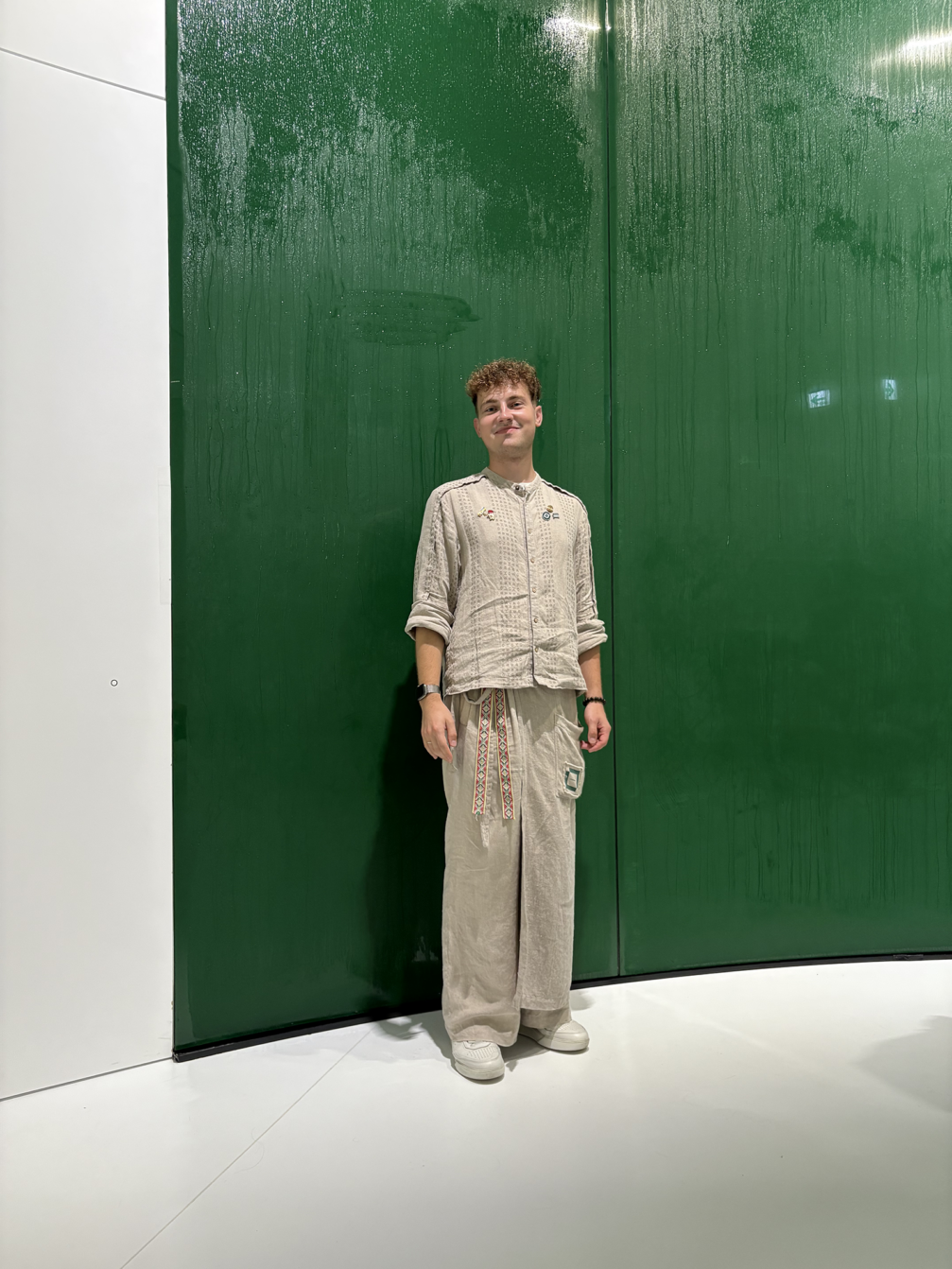
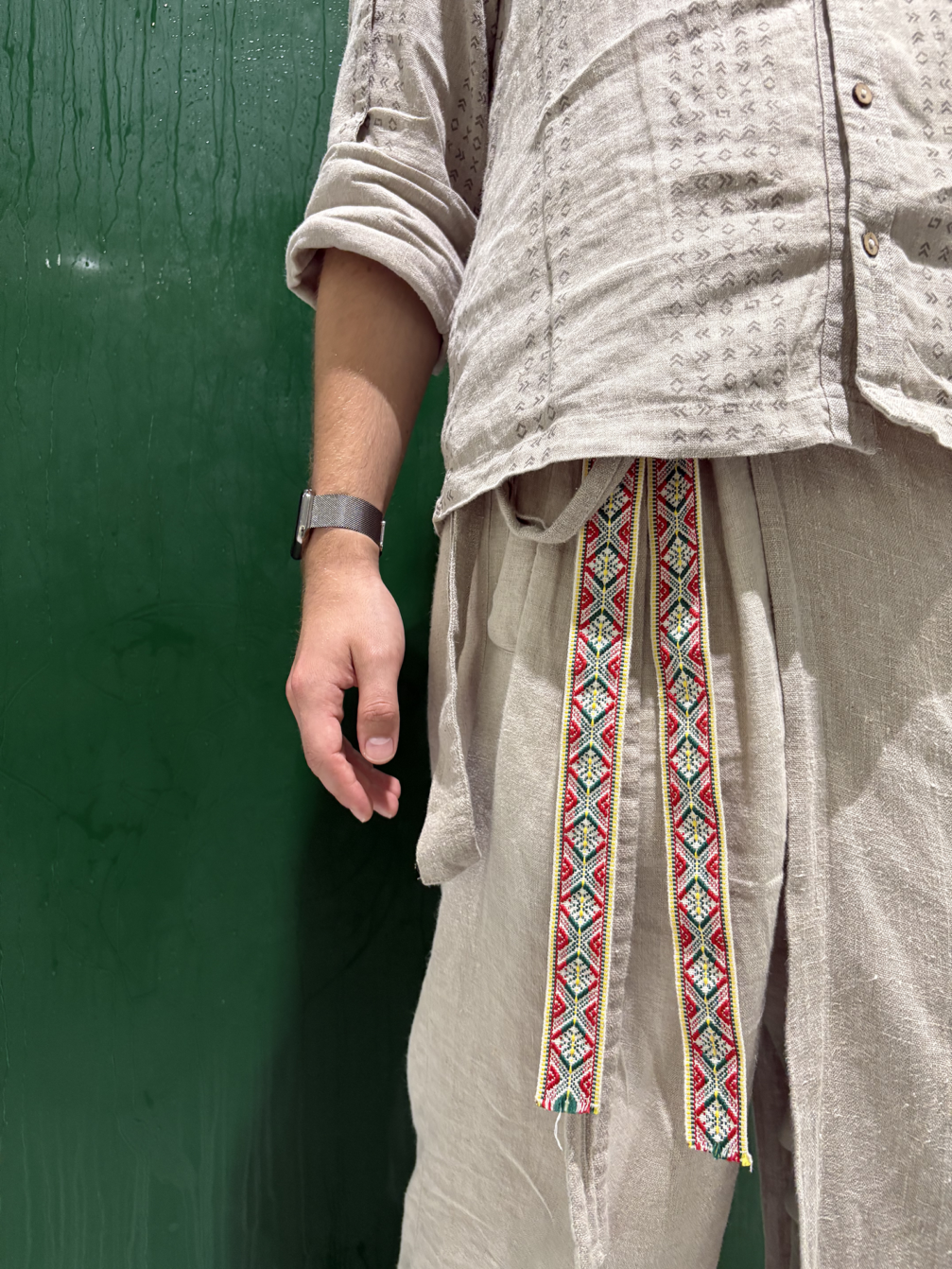
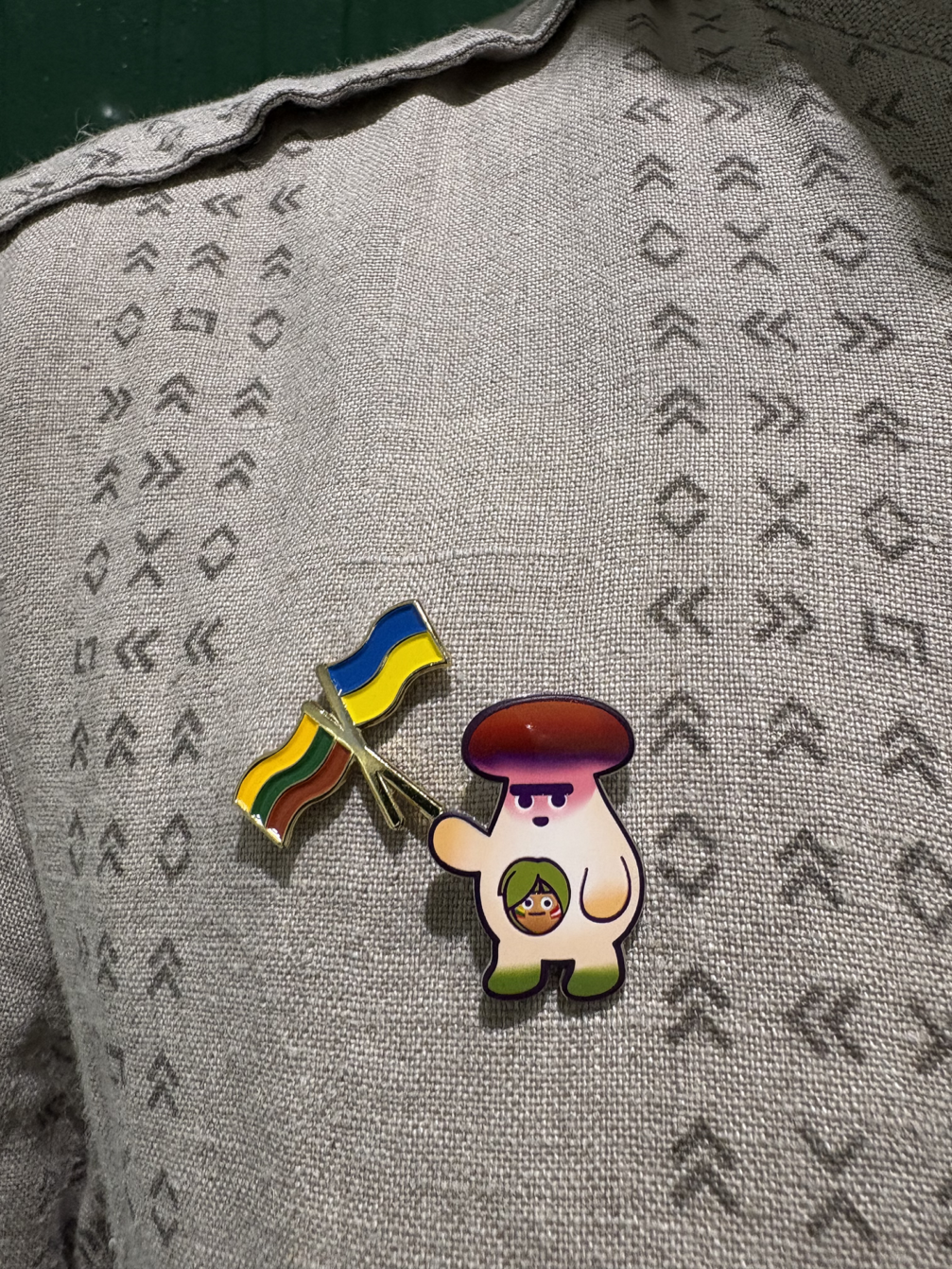
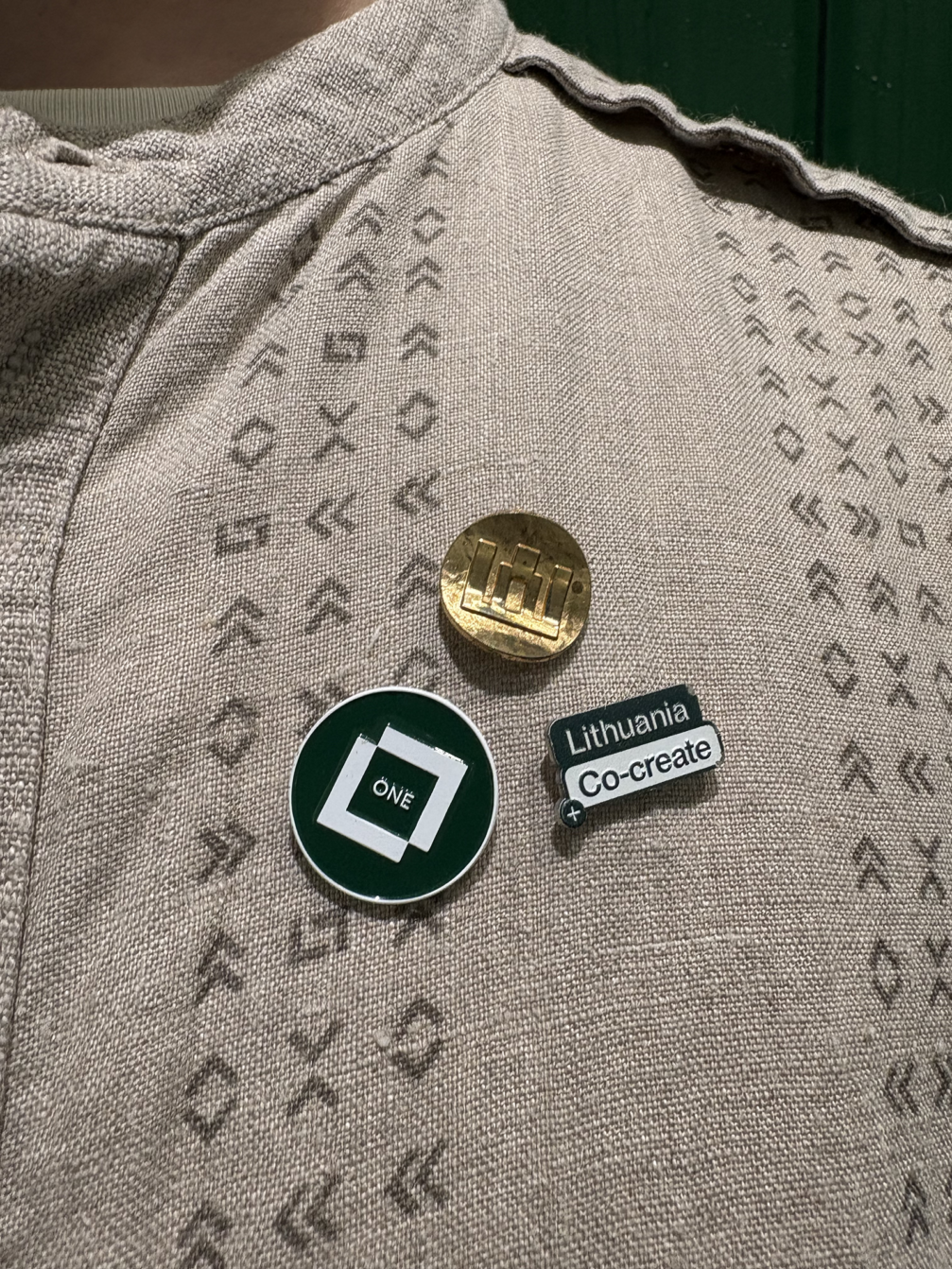
«Many visitors to the Baltic pavilion are interested in medicinal plants, especially when we tell them that they can be used to make tea. Many are also intrigued by the opportunity to grow their own tree in Latvia or Lithuania,» reveals Matas. Although tree planting in the pavilion takes place via a screen, each digital tree is physically planted in Latvia or Lithuania, and many visitors express an interest in visiting our region to see their trees in real life. One of the focal points of the pavilion is, of course, the Kizuna glass wall, which combines the main elements of the pavilion’s concept — nature, technology, and people — allowing visitors to leave a message on it that disappears in a few minutes, thus inviting them to reflect on their actions and their impact on the planet. «People leave truly inspiring messages on the wall, reminding us that we are all connected,» says Matas.
On August 28, Design and Fashion Day will take place in the Baltic Pavilion. At 11:00, visitors are invited to take part in a tour with the pavilion’s concept author, Laura Slaviņa, and chief designer, Artūrs Analts, followed by herbal tea tasting. At 14:00, a creative fashion workshop will take place, where participants will be able to sew their own linen aprons under the guidance of Gabriele Januškevičūte, while at 16:00, enthusiasts of the «slow» lifestyle are invited to take a closer look at the pavilion’s Nature’s Pharmacy and learn more about medicinal plants. You can register for the events here.
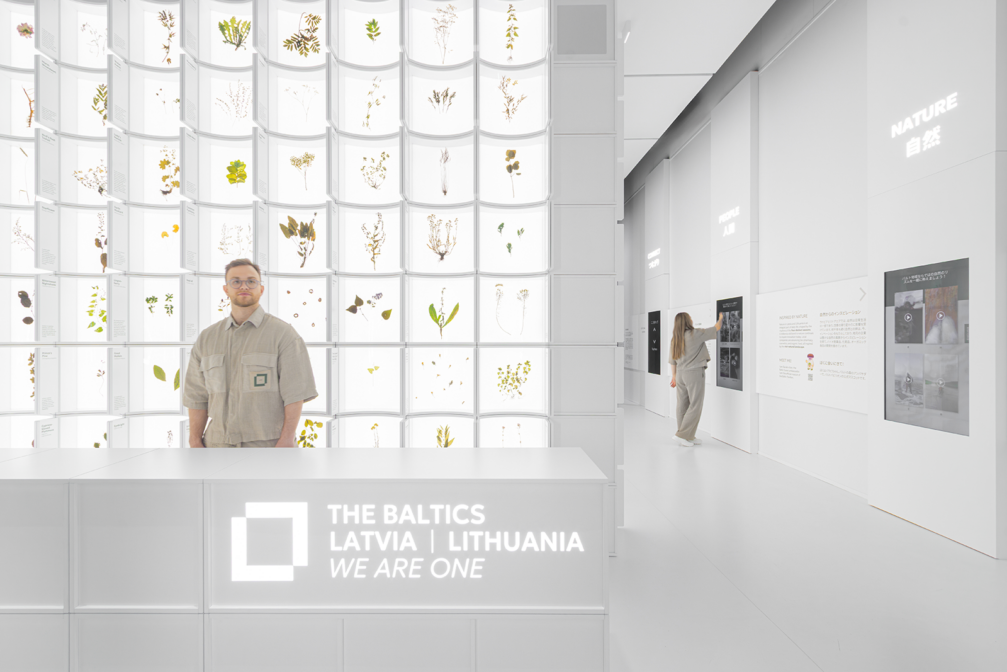
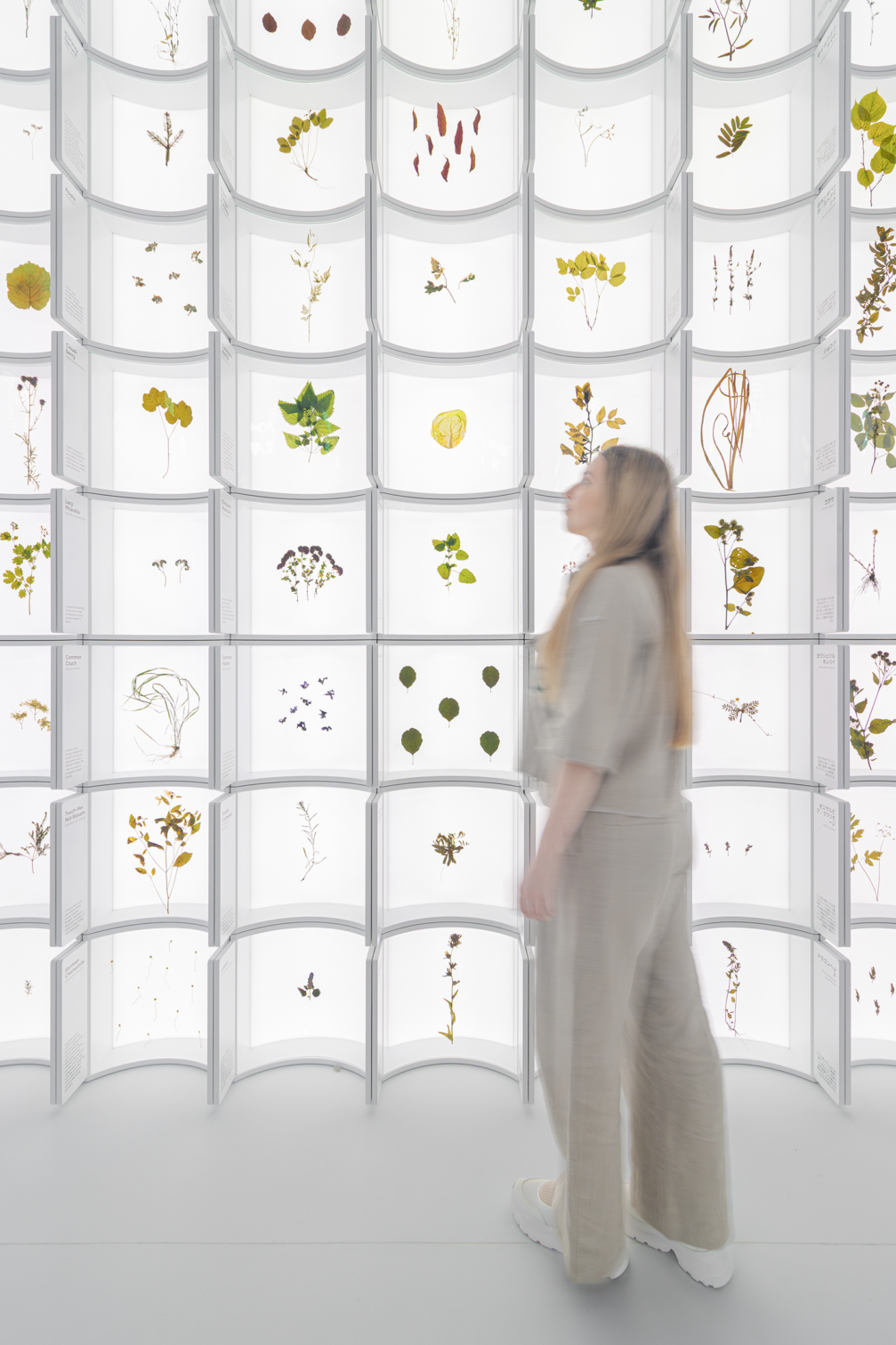
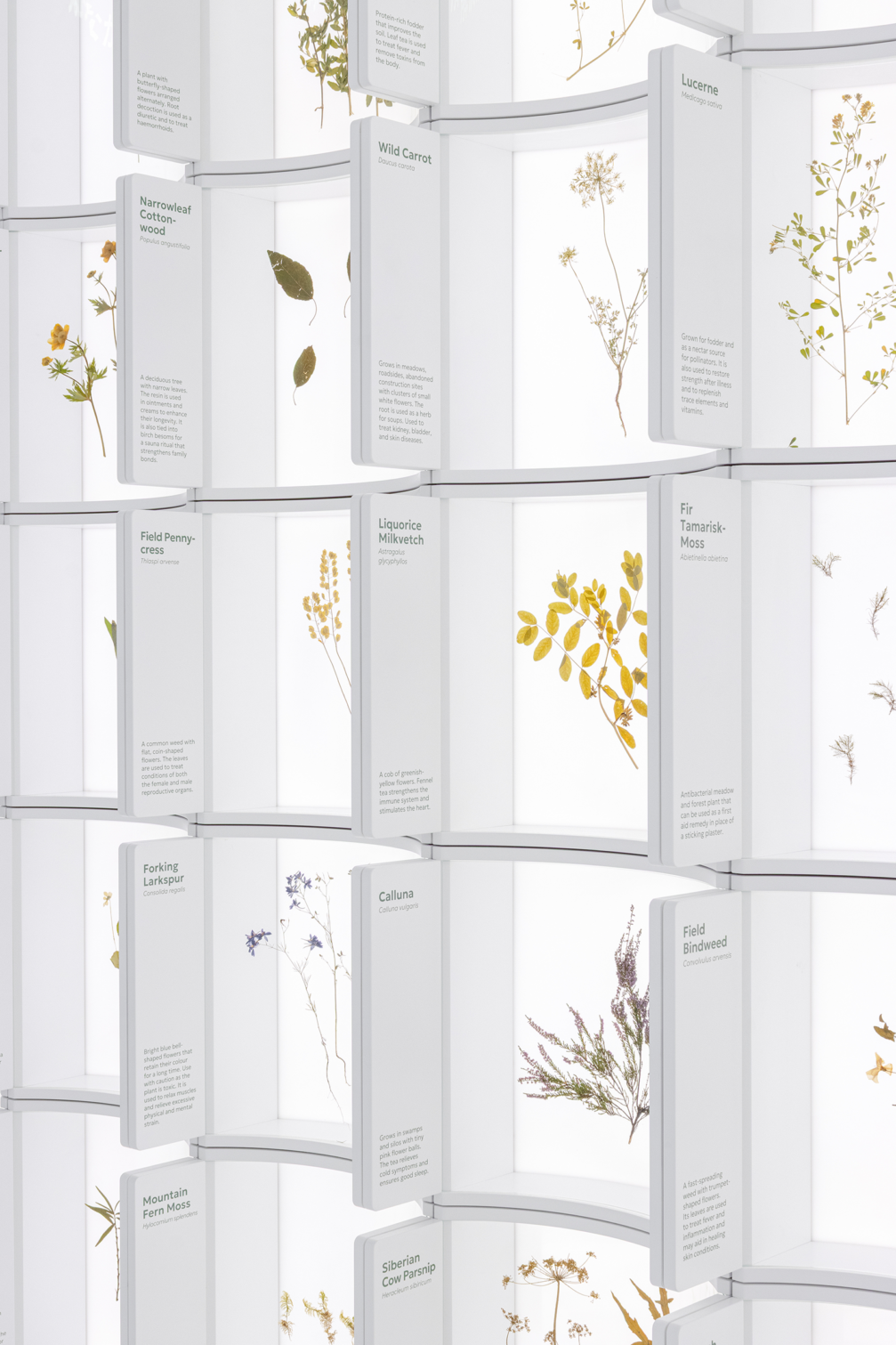
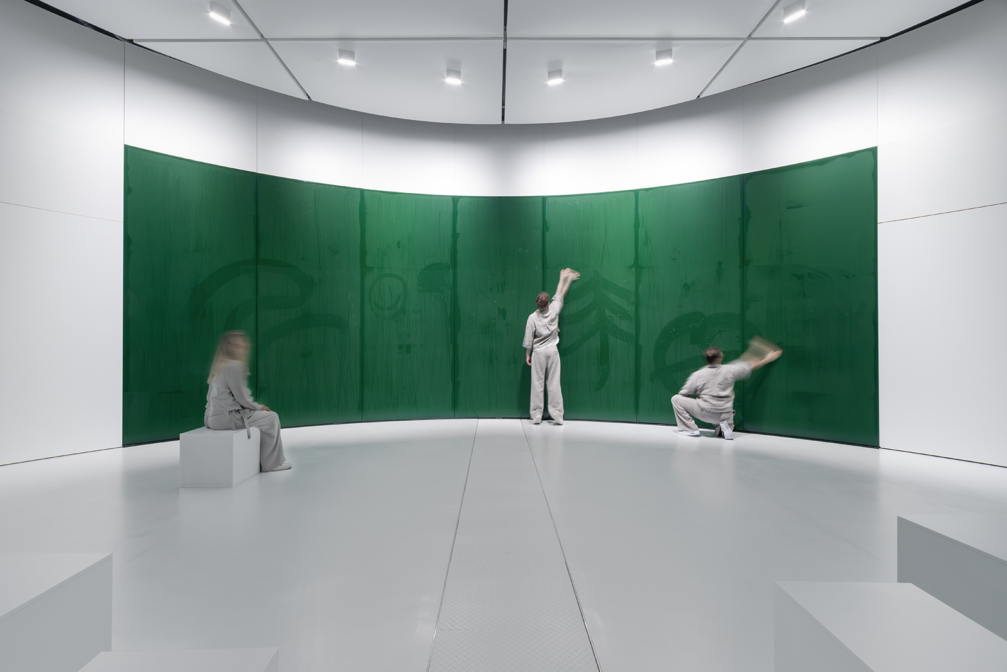
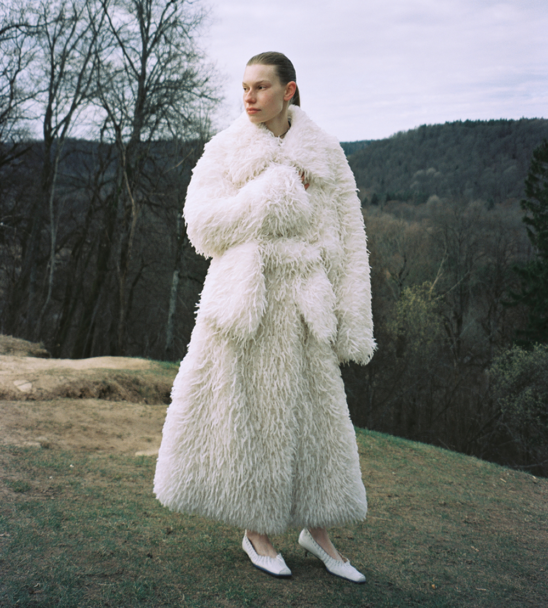
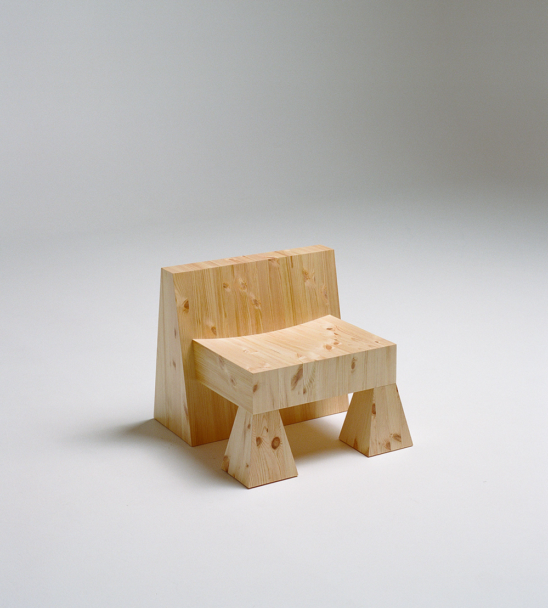
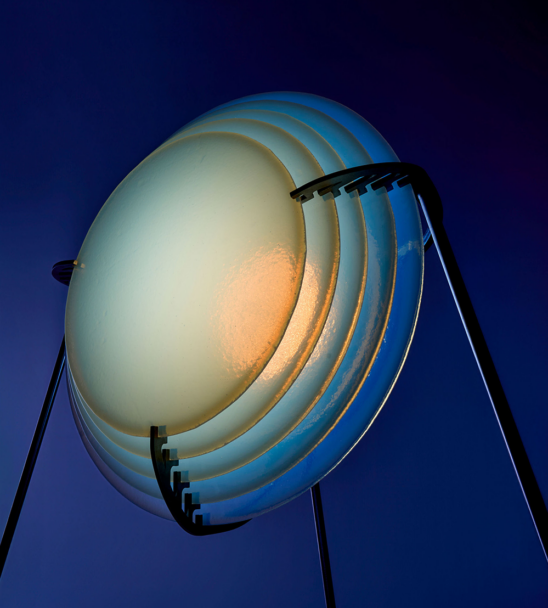
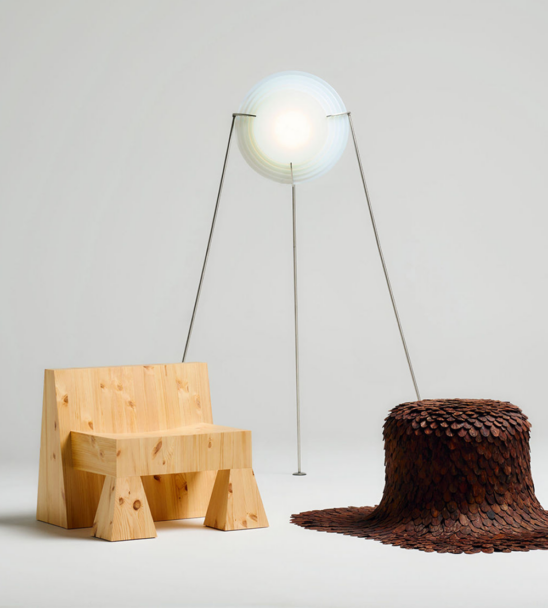
Viedokļi